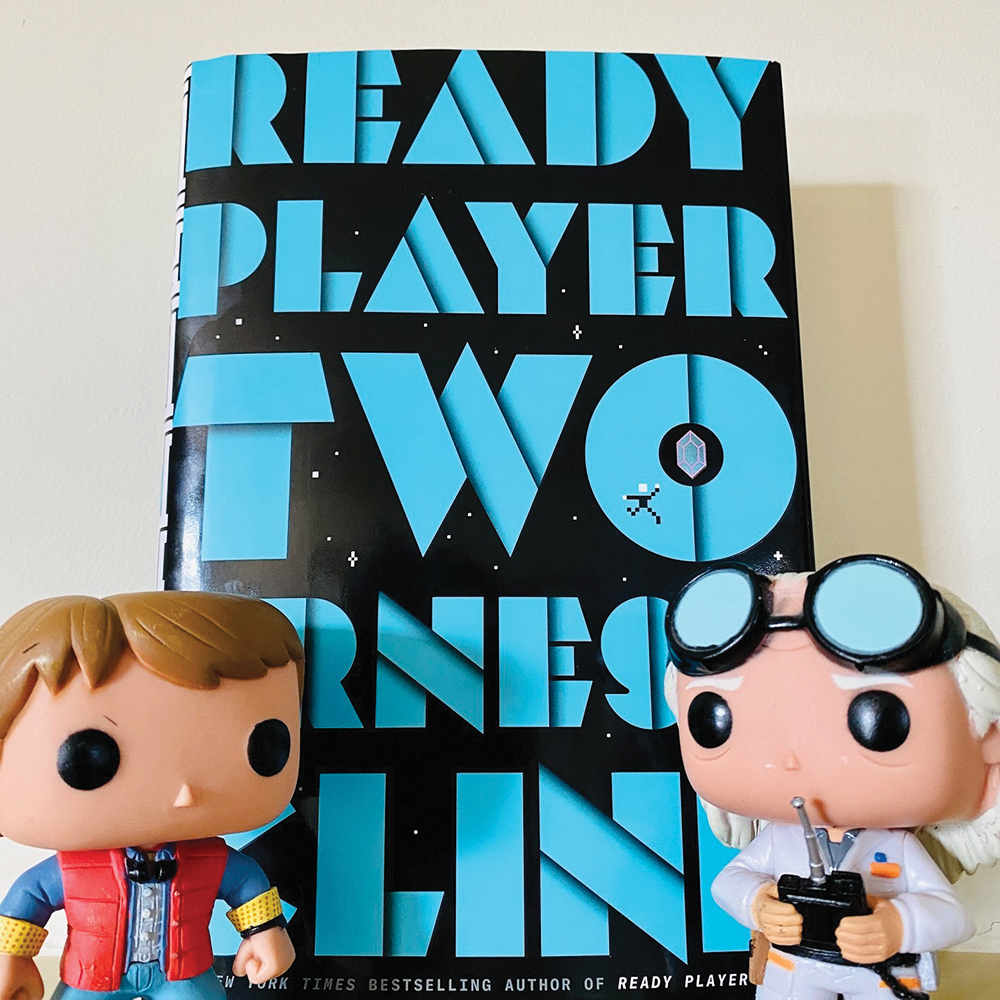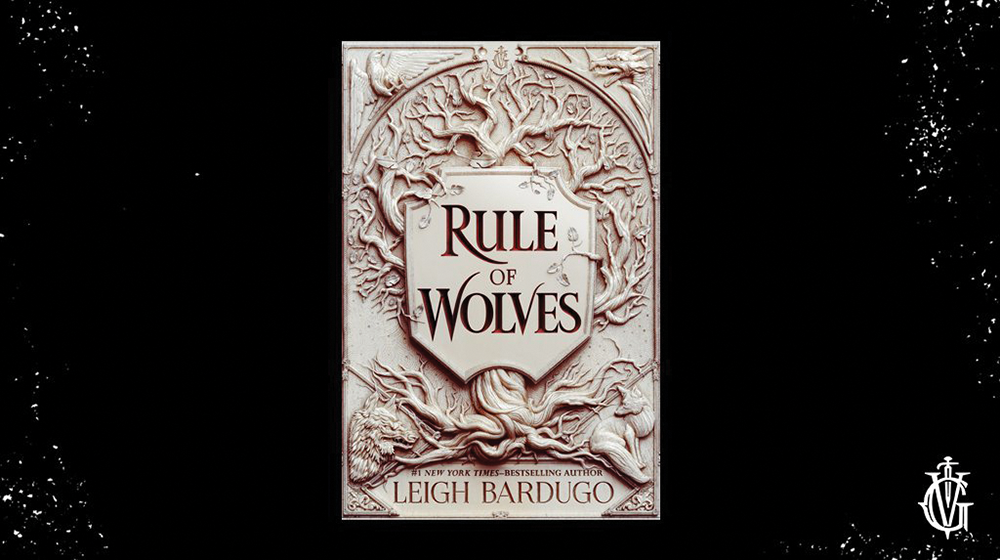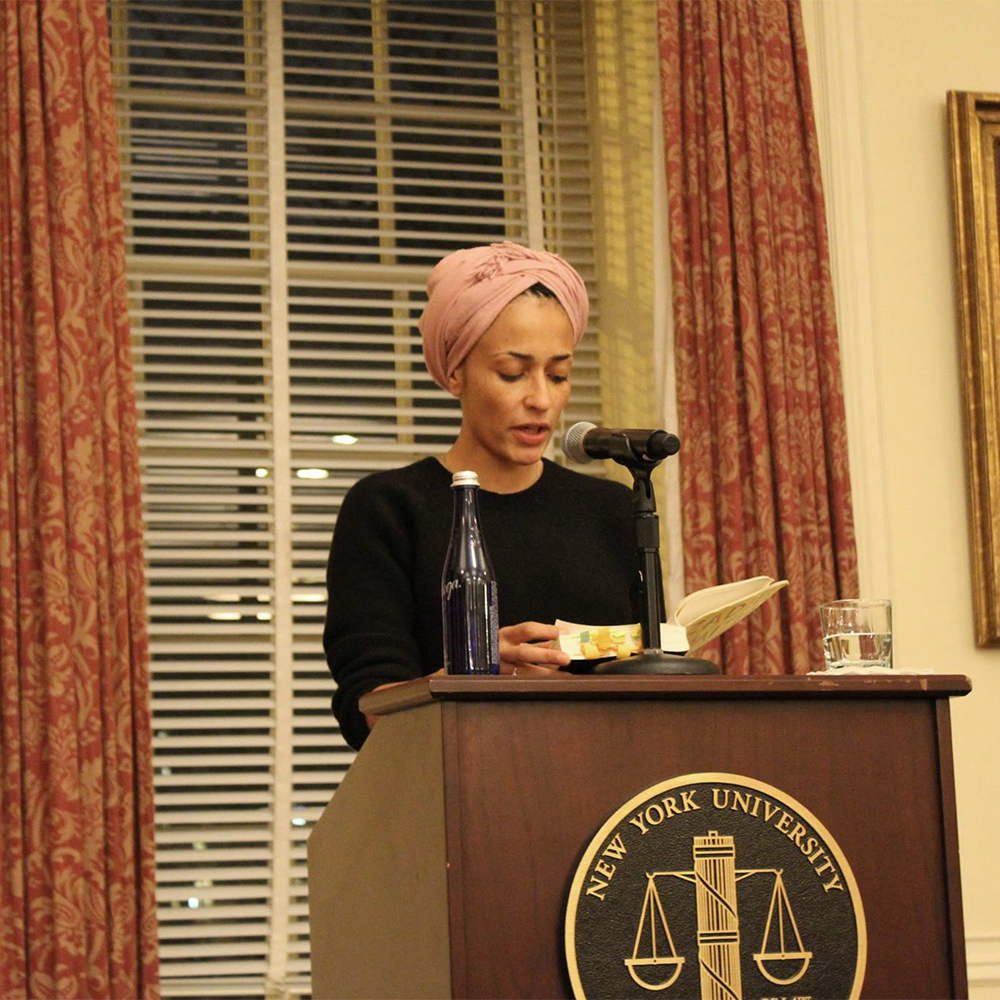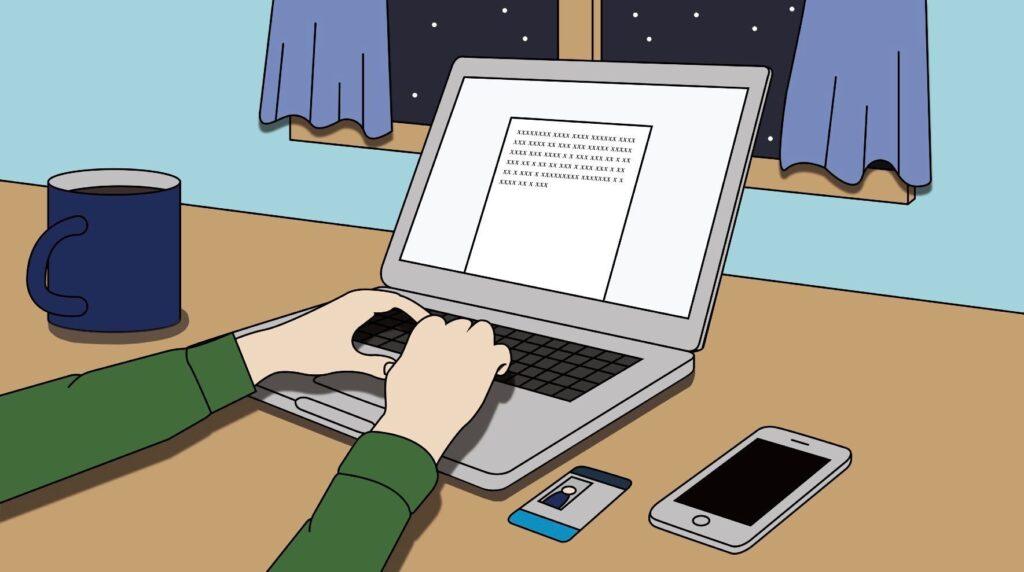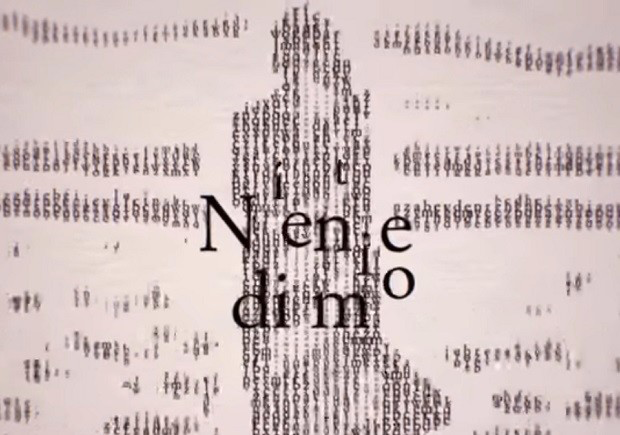★★★☆☆
In the highly anticipated sequel to the 2011 fan favorite “Ready Player One,” Ernest Cline’s “Ready Player Two” follows up with more of the same ’80s nostalgia and sci-fi adventure but includes none of the intriguing plotlines.
Set shortly after the close of the first book, “Ready Player Two” follows the adventures of Wade Watts, a teenage video game fanatic and new owner of the world’s largest virtual reality simulation. Similarly to its prequel, the narrative revolves around a mysterious quest embedded in this simulation, called the OASIS, which is used by billions of people every day.
Watts and his crew are forced to scour the simulation again and complete another quest for its idiosyncratic creator, who now lives on in artificial intelligence after he has willed the virtual universe to Watts.
Despite the lack of engaging plot points, it is imperative to highlight that Cline retains his mastery of worldbuilding in this sequel, as he effortlessly resurrects the world of the OASIS and expands upon it in a second go. He brings back all of the ’80s aesthetic and media that remain so integral to the story and his style, weaving it seamlessly into the plot.
With “Ready Player Two,” Cline grapples with greater philosophical questions surrounding artificial intelligence, virtual reality and human destruction of the planet. These philosophical debates were absent in the first book in the science fiction series, but by exploring these questions, Cline provides an aspect of ethical intrigue to the tale.
One of the central debates between the principal characters is whether virtual reality is inherently beneficial or destructive for society. The characters eventually realize the escapism provided by the simulation amidst a dying planet is enough to keep the OASIS running. This poses an interesting ethical dilemma, as many individuals have given up on trying to mend global issues in favor of online escapades. The presentation of such an issue exemplifies one of the strengths of Cline’s writing, in that he directly addresses heavy questions of morality.
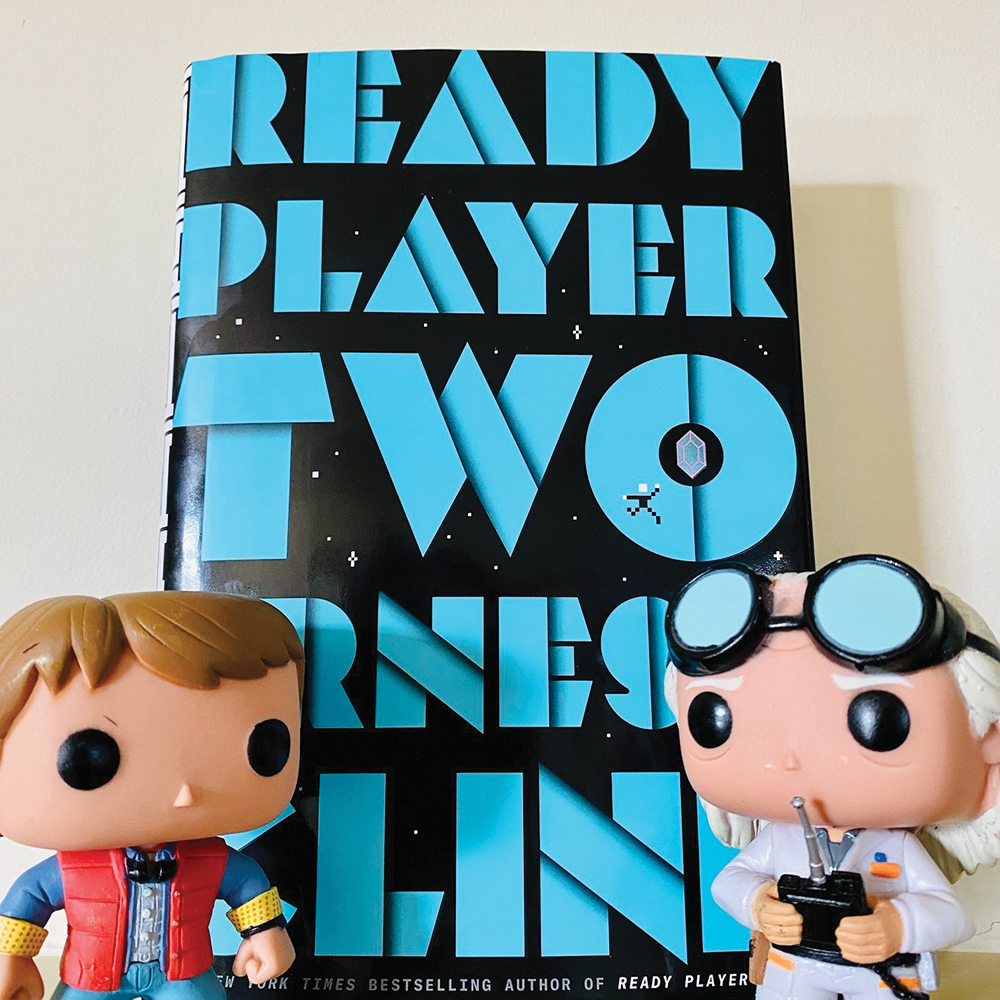
Cline immediately features two major changes to the workings of his franchise’s fantasy world. The first is that the OASIS users are now able to experience all of the sensory components of the simulation due to newer technology, and the second is that Watts’ girlfriend broke up with him, proving a soul-crushing experience for Watts.
This breakup storyline between Watts and his girlfriend serves as an awkward and unnecessary insertion by Cline into “Ready Player Two” in an effort to seemingly differentiate the novel from its sister. Ineffective at best and irritating at worst, the arc that follows Watts and his girlfriend’s dissolution comes across as half-baked and a little unbelievable until their inevitable reunion later in the story.
The main failings in “Ready Player Two” stem from Cline’s deviation from his traditional narrative style, most evident in his lack of characterization and discombobulating plot style. The supporting characters who gave so much life and detail to Cline’s prior novel are pushed to the side in “Ready Player Two,” existing mostly as an afterthought or almost as a burden to the storyline.
A key character, Shoto, one of Watts’ best friends and co-owners of the simulation, contributes almost nothing to the quest and leaves the primary story after he plays a minor role in a singular part of the adventure.
Furthermore, the pervasive mystery of “Ready Player One” is replaced by a linear and generic plot in the novel, lacking suspense and intrigue. The epic battles and sense of urgency that were the hands-down fan favorite aspects of Cline’s previous work cease to exist in a strong capacity in this sequel.
The attention to detail and plausibility seem to increasingly waiver throughout this second novel, as Cline chooses to expand the story to a degree that is difficult to make realistic in certain respects. Having a teenager running a billion-user internet-simulated universe and corporation is incredibly implausible. The story loses more credibility because the justifications for plot holes are explained away with a single sentence and rarely re-addressed.
Cline trades the intimate adventures of Watts in the first novel for a greater exploration of virtual reality and its impact on the world in the second. He fails to find a happy medium between evolving the story to a greater scale and repeating his prior success.
Cline has already teased that his next novel may be in the works, so there is hope a possible “Ready Player Three” may more effectively replicate the success of his first novel while providing a satisfying end to the trilogy.


